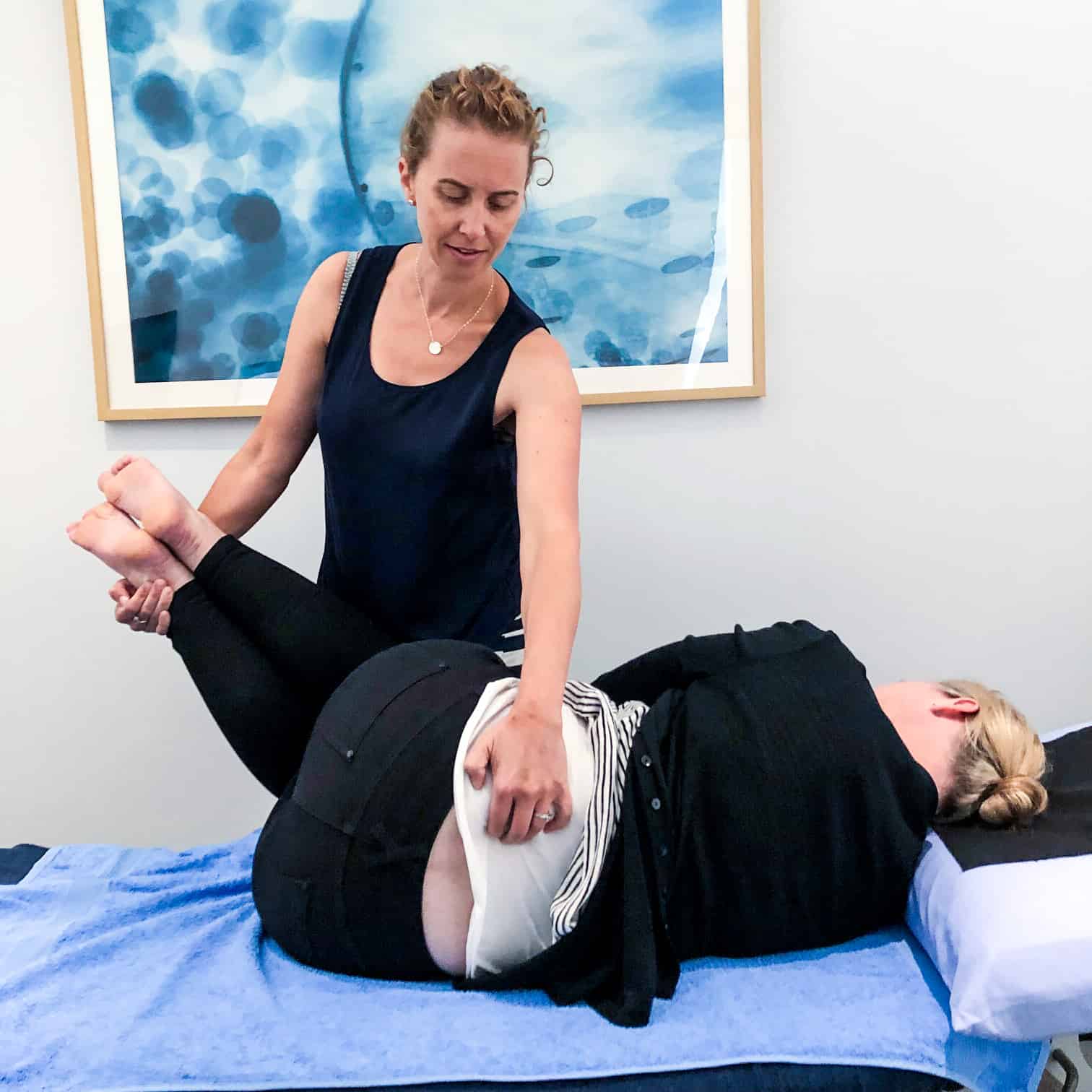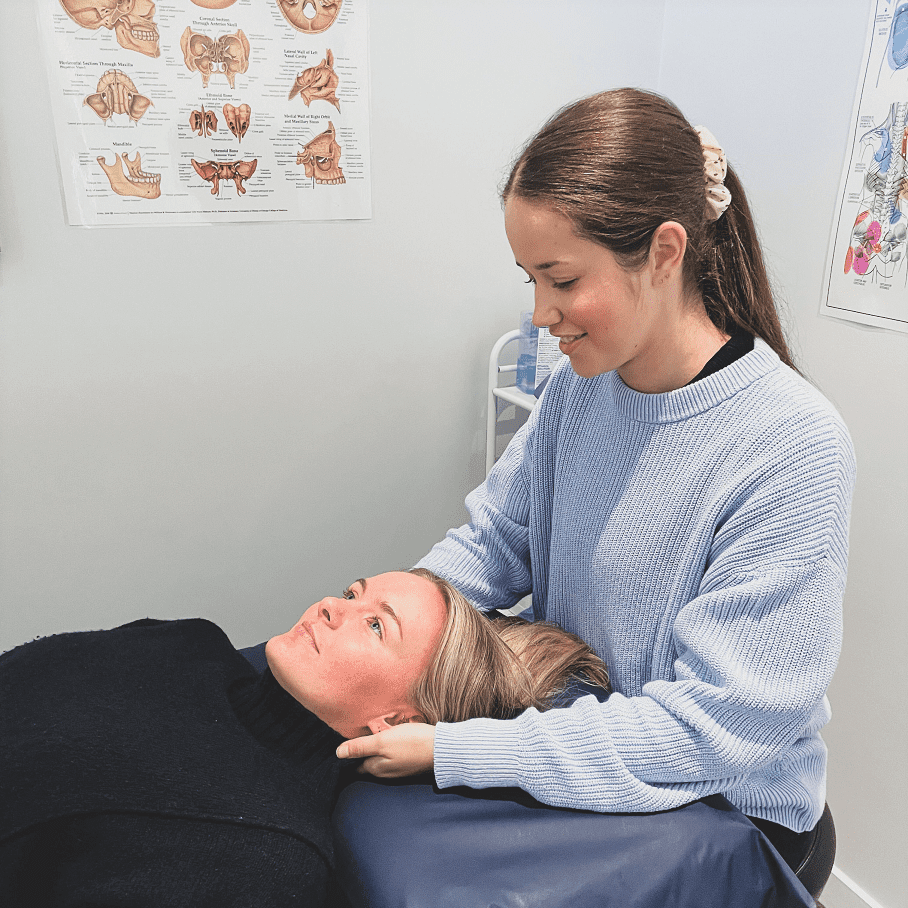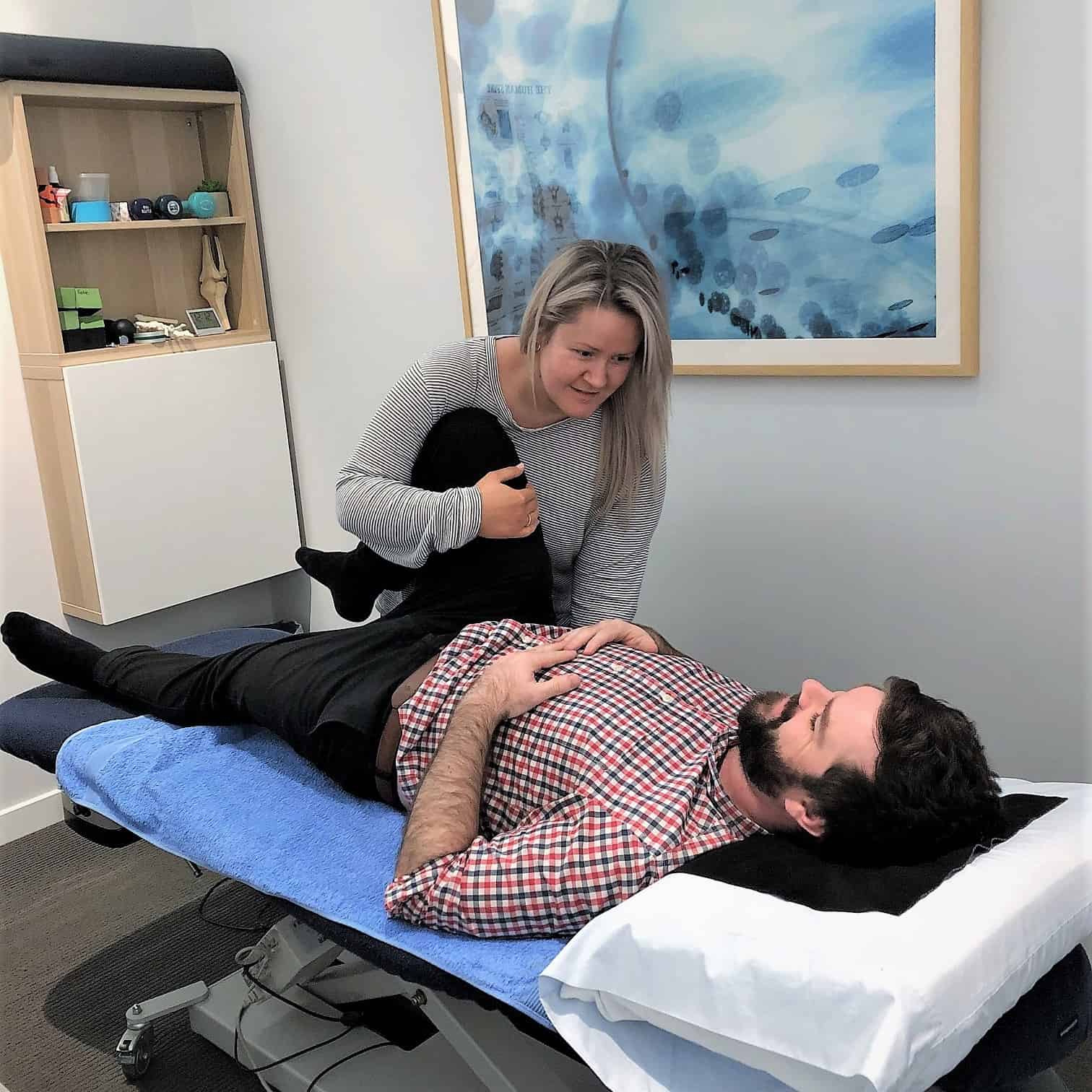
Many people seek physio treatment from a Balwyn Physio thinking they will get a lot of hands-on therapy mobilising, massaging, loosening their body. But often physios are not as experienced or as specifically trained as Osteopaths in this treatment approach.
If having someone work on your body physically is the treatment you are after, an Osteopath may be a better choice for you given the genuine hands-on manual therapy style to loosen up your body and reduce restriction & pain.
As with any consult you should always start with the client history. In our clinic we do some of this by easy online forms and then also a discussion in the clinic rooms.
Next is the assessment where we check aspects of:
Treating the identified problems is the next step to alleviating your current issue. This often includes:
And then also combinations of:
So if you are looking for a Balwyn Physio that his really hands-on based, our team are confident you will love our style of therapy. Find out more HERE.



Fill in the contact form below and we will reply ASAP.